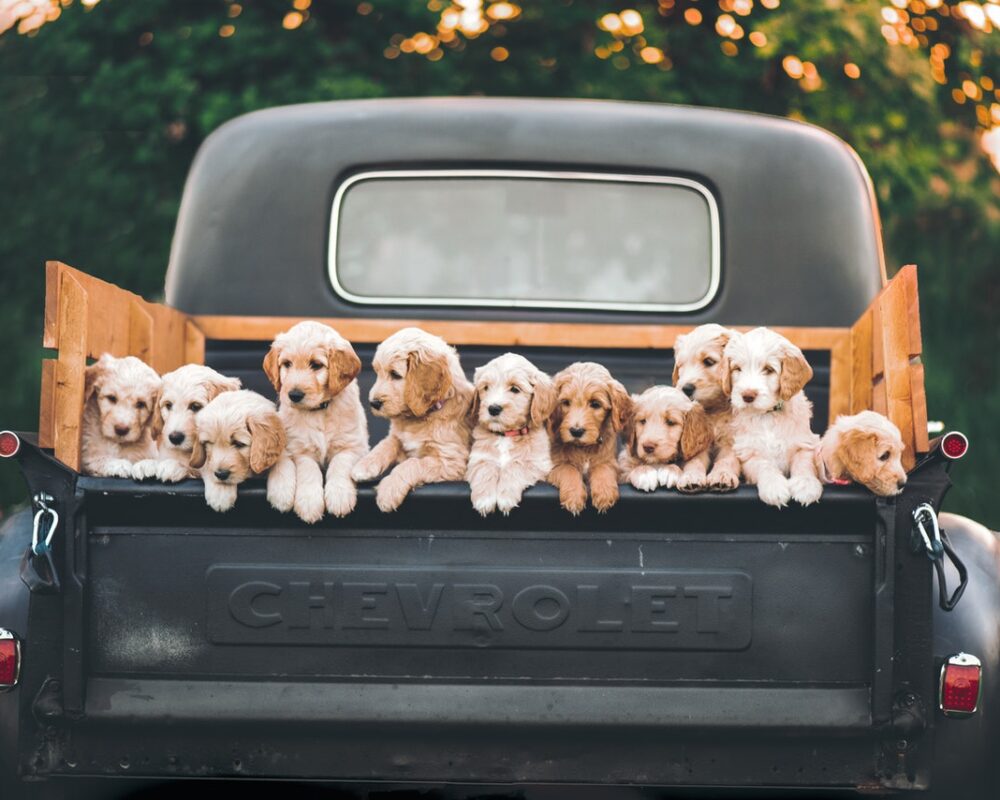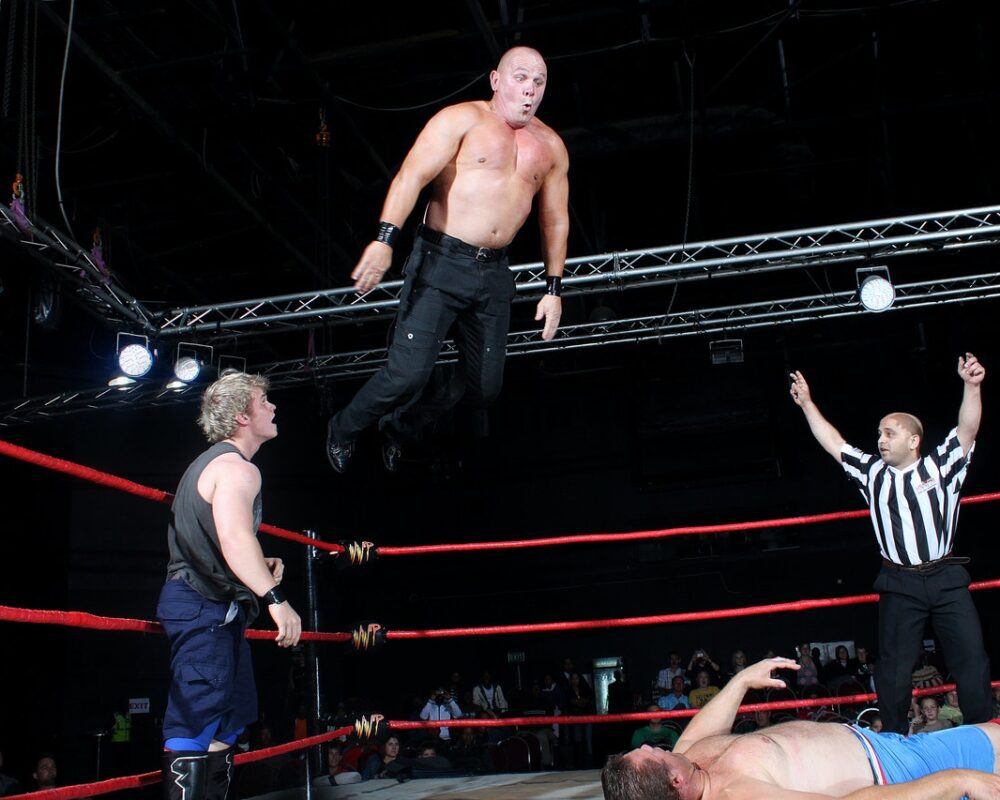They say a picture is worth a thousand words, and with the Google MUM update coming shortly, they could soon be worth much more!
But your picture isn’t worth a penny if you aren’t optimising it to take advantage of everything that it can offer you.
If you’re managing your content through a CMS, it can be easy to slip into a habit of dragging and dropping images onto your pages and worrying about it later. It’s important that you slip out of this habit, ASAP, if you want to receive any real tangible benefit for including images on your webpage.
For tips on image SEO and more, check out our SEO Liverpool services page and find out how we can help your business grow organically.
Why are images important on a website?
First of all, images are good for user experience. Nobody likes to read massive blocks of text without anything to break it up. It gets boring, fast, even if you have the most exciting copy that’s ever been written.
Aside from UX, images also provide a concrete, evidential benefit to SEO rankings. So if you’re concerned about how long it can take for SEO to kick in then you’re going to want to jump on board with SEO optimisation to get the quickest possible results.
And if you think about it, if you have no images on your webpage then you’re completely eradicating the potential for users to find your site through Google Images, and nearly 30% of all Google searches return images.
Why should I optimise my images for SEO?
Well, why wouldn’t you? It’s a small investment of your time and energy when compared to potentially being able to reap huge rewards.
If you’re wondering how much is SEO worth, and you don’t want to take the time to learn or apply SEO optimisation for images, then SEO can be worth quite a lot to your business.
However, if you want to have a go at optimising by yourself, then we can give you a few tips to start out with:
- File name – if you’re including images on your site (which you should!), then you should always optimise the image’s file name. By separating the file name with hyphens (-), Google can crawl the file name and identify each word individually. Be sure to make these words keyword optimised so your images rank for your target key phrase.
- File size – next up is file size. Adding images to your site can be a hefty addition, potentially slowing page speed down and therefore punishing your site’s SEO. Compressed file sizes can help negate this, keeping your page’s load speed fast while still displaying images with good quality.
- Alt text – use multiple keywords across different images in their alt tags, don’t just stuff all of the same keywords into every image.
What is alt text?
Alt text is a small, descriptive caption that can be applied to images that benefits people who are visually impaired.
However, alt text can also be used to boost SEO. Let’s bring in our SEO Manager, Tom, to discuss why alt text is important:
“Providing context is super important, search engine crawlers can’t ‘look’ at an image and make sense of it, you need to help search engines by describing what’s actually happening in the image – that’s what alt text ultimately is.”
Cheers, Tom!
So by being descriptive of the content of the image and including some occasional relevant keywords, you’re increasing the likelihood of your image ranking on Google Images and showing up when images show for Google search queries.
Alt text examples
In case you’re still a bit confused about what alt text really is, we’ll give you some examples.
Have a look at this image below.

Cute, right?
How would you go about assigning alt text to it? Remember, you want to be descriptive and relevant, while also including target keywords.
Let’s say you’re writing a blog about puppy litter sizes. One of your keywords could be ‘puppy litter’.
A good alt text for this image therefore could be ‘puppy litter in the back of a truck’. Easy as pie!
Want another one? Take a look at this gem.

How good is that!
Now let’s say you’re writing a blog about wrestling rings and one of your target keywords is ‘top rope’, a good alt text could be ‘wrestler jumping off the top rope’. If you want to mention his priceless face then that’s up to you!
How to write alt text
If you have tons of images on your site that you haven’t applied alt text to, then this tip can save you countless hours.
Here's a super quick way to write alt text without leaving G Sheets
— Jen Penaluna (@penaluna_jen) July 27, 2021
1. Screaming Frog > Images > Missing Alt Text > Export
2. Paste into a G Sheet
3. Use =IMAGE(A2) to pull the image from each URL
4. Highlight all rows, right-click, resize rows to between 50-70 pixels pic.twitter.com/d6ERX79xCI
A technical SEO tool called Screaming Frog can crawl your website and identify any images that don’t have alt text currently attributed.
Then, you can export all of these images into Google Sheets and from there perform the = image formula and et voila, all of the images will be right there in front of you for you to write alt text for.
Thanks to @penaluna_jen on Twitter for this lifesaving fact!
Stock images and SEO
First of all, let’s get it out of the way that yes, we all use stock images. If you need a wide variety of images quickly then stock images are great to find royalty free images that you can easily use.
However, does using stock images damage SEO performance?
According to this piece of research by Reboot, yes it does.
At the end of the day though, it can be expensive and time consuming to go out and source all of your own images. For small businesses, it’s likely not going to be cost effective.
If you can manage it though, using completely original images can give your website an SEO boost that it wouldn’t otherwise reach with stock images.
FAQS
What if I don’t make my images SEO friendly?
Well, for one we’ll be upset! We love seeing people succeed, so to be wasting a perfectly good opportunity to increase your ranking would be a disaster to us!
But realistically, not optimising your images for SEO isn’t the end of the world. The full optimisation of all your content, including your images, is a huge benefit of approaching an SEO agency to perform your SEO for you. That way you don’t have to worry about doing it wrong or missing things out, you can just sit back and relax while make sure your website is spot on.
Does image file size matter?
Yes! When it comes to SEO, file size matters a lot.
Page speed and responsiveness are confirmed SEO ranking factors. Large files take longer to load, and therefore will slow your website down.
As well as this, a slower website leads to a worse user experience, which can then increase your bounce rate because people don’t want to wait for your slow website to load and would rather go somewhere else.
Should I avoid duplicate content images?
Once again, let’s leave this one to the SEO sorcerer, Tom:
“Sure, you can copy an existing image from another web page and you’ll probably rank if you have good content, but what Google really want is people to contribute something new to the internet, and the Reboot case study referenced earlier backs this up.”
And there you have it. Try your best to use original images for the best possible results.


